Mr. and Mrs. Nomad Numbers hiking in Malaysia
How Much Does it Cost to Live the FIRE Life as a Nomadic Couple?
Hello, and welcome to interview #27 in the How Much Does it Cost to Live the FIRE Life interview series! Part interview, part spending report, this series will introduce us to FIRE* seekers from all over the world.
They’ll reveal their essential spending and money-saving tips—all to help us learn new ways to save on our own expenses. As a bonus, we’ll also get to discover the unique advantages and challenges of living in different places around the globe.
*FIRE stands for financial independence, retire early. It’s also known as FI—financial independence. For more info, see my FI School series—it’ll teach you everything you need to know about FI (and FIRE).
About the interview series
I created an intro page for this interview series to help explain what it’s about, what’s included (or not) and why. I’ll also link to all the interviews from the intro page—so check back there to see the entire collection.
Jump to the series intro: How Much Does it Cost to Live the FIRE Life? (The Interview Series)
Disclosure: These interviews may include affiliate links. That means I’ll receive a commission if you make a purchase through my links—at no extra cost to you. Thank you!
Interview #27: Mr. and Mrs. Nomad Numbers
In today’s interview, we’ll meet Mr. and Mrs. Nomad Numbers. They’re currently based in Taipei, Taiwan, but have travelled the world as nomads since 2018 (after reaching FIRE in 2017).
Like my previous interview with Veronica, this interview breaks the mold! I customized the template for Mr. and Mrs. NN to fit their unique spending patterns as nomadic world travellers.
I did my best to match their spending to the essential categories in the other interviews and am happy with what we ended up with. (Big thanks to Mr. NN for going back and forth with me to get the categories and format just right.)
Note: If you’d like to see all of Mr. and Mrs. NN’s spending (not just essentials), check out their 2021 Year End Spend Report.
About Nomad Numbers
Mr. and Mrs. Nomad Numbers share travel tips, spending reports, and more at their blog, Nomad Numbers. I’m especially enjoying their interview series, where they interview other nomads from all around the world.
I also love the cost of living posts, where Mr. and Mrs. NN share how much it costs to live in the various destinations they’ve visited. If you’re interested in nomadic living, you’ll love the wealth of helpful, informative content on Nomad Numbers.
But before you pop over there, let’s learn a little more about Mr. and Mrs. NN…
Table of Contents
Part 1
Part 2
Part 3
Part 4
Part 1: Getting to know you
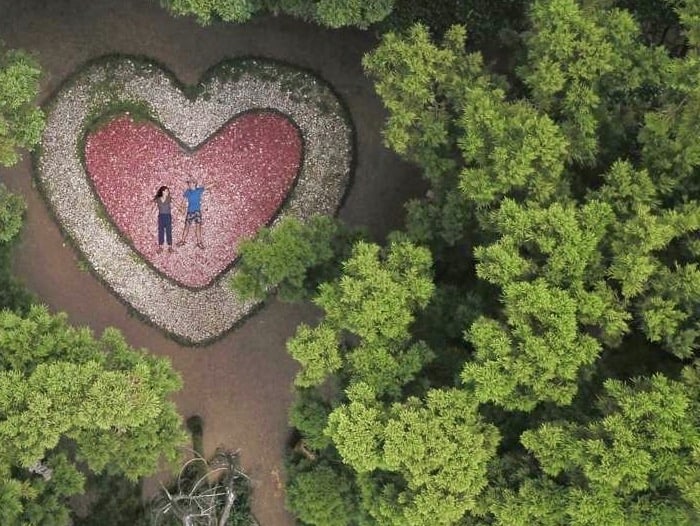
Mr. and Mrs. Nomad Numbers
Tell us about yourself and your wife
I’m a former tech person in his early forties who grew up in France and did most of his career in the San Francisco Bay area as an Engineer wearing various hats (software dev, product, and later program manager).
My wife Mrs. Nomad Numbers and I decided to live our dream in 2018 and became nomadic to slow-travel the world. I started a blog, Nomad Numbers, to document and show that the cost of living traveling the world can be cheaper than staying at home.
Where are you in your journey to FIRE?
We FIRE’d in 2017 and have been living off our passive income since then.
What type of FIRE are you aiming for? (FIRE, Lean FIRE, or Fat FIRE*)
How Chrissy defines FIRE, Lean FIRE, and Fat FIRE
Some people define Lean FIRE as under $40k in annual spending; FIRE as $40–$100k in annual spending; and Fat FIRE as $100k+ in annual spending.
However, I prefer looser definitions that are not based on hard numbers. That’s because $100k could be Fat FIRE in a small Canadian town but Lean FIRE in San Francisco. That said, here are my definitions:
- Lean FIRE: The essentials with little or no discretionary spending.
- FIRE: The essentials plus a comfortable amount of discretionary spending.
- Fat FIRE: The essentials plus a luxurious amount of discretionary spending.
We accidentally stumbled upon FIRE as we were starting our relationship and wanted to travel the world full time. By the time we learned about the 4% rule and ran our numbers, we realised we already had enough to be Financial Independent so we started planning our departure from our traditional life by quitting our jobs, downsizing our possessions and started our lifelong journey of slow travel since July 2018.
Tell us about your living situation
We mostly live out of Airbnbs we rent all around the world.
We usually rent 1–2 bedroom apartments with ideally an extra bedroom that we can use as our working space. A kitchen is a must have for us since we enjoy cooking most of our meals at home and doing our own grocery shopping.
We love nature, so if we are in an exotic country, we would not mind renting a small place by the ocean. If we are in a bigger city for a longer period of time (like in Taiwan right now) we try to be closer to amenities and try to balance access to them, with cost of living.
We love to walk everywhere, so actually if we could be a 15–20 minutes walk from the city center, this is usually a much better value for us (in terms of money but also quietness and quality of living—less traffic, less noise, less pollution).
Since we don’t own a car, we always make sure we are in a place that has a good public transportation. When we visit remote places we would otherwise rent a car (or a scooter if we can legally drive while being insured, which isn’t always the case in every country based on the length of your stay/visa).
Note: You can find some of our favorite Airbnb places here.
Why did you choose to live in Taipei (your current location)?
This is quite a long story. We basically ended up in Taiwan due to the COVID19 pandemic as we were looking for a safe place to stay. Since Taiwan has done extremely well at keeping the virus away, we decided to become residents. Since COVID19 worldwide is still unstable, we have been truly enjoying traveling all around the island and have been able to create meaningful friendships with people we met here.
Taiwan was never on my radar when it came to the top places I wanted to go to. I only knew about Taipei 101 to be honest. But once I got here, not only did I get to enjoy freedom while most people were going through a series of lockdowns, but I got to see amazing places (like when biking for 3 days along the east coast), amazing people and terrific food.
We are still here to this day and we are really excited to know that we can legally stay in Taiwan until 2023 (thanks to the amazing benefits of the Taiwan Gold Card)! We definitely plan to take full advantage of this until we can safely and comfortably travel extensively again.
Part 2: The expenses
In this section, Mr. and Mrs. Nomad Numbers share their essential expenses. But before we get started, let’s review some important notes:
Important notes about the numbers
- Only essential expenses are included.
- Discretionary expenses (e.g. travel, gifts, etc.) are not included.
- Expenses are rounded to the nearest dollar.
- In this interview, expenses are displayed in US dollars.
- For your convenience, I’ve included a currency converter in each section. I hope you find it useful!
For detailed explanations about which expenses are included (or not) see my How Much Does it Cost to Live the FIRE Life intro post.
1. How much does housing cost as a nomadic couple?

Accommodations ($1,080/month; $12,966/year) 
Since we live nomadically, all our housing costs are included in our accommodation fees. Our current place in Taiwan is an apartment that we found on Airbnb.
Note: See the “Tell us about your living situation” question (in the interview section above) for more info on what Mr. and Mrs. NN look for in their accommodations.
2. How much does transportation cost as a nomadic couple?

Local transportation ($151/month; $1,810/year) 
This is transportation to move within a given city (bus, metro, rental bikes…)
Intercity transportation ($37/month; $449/year) 
This is transportation to move between cities within a same countries (usually for us this is renting a car to explore or taking intercity buses or trains).
International transportation ($7/month; $88/year) 
This is transportation to move between countries (usually this is for us international flights). We use a lot of travel rewards that let us save us thousands of dollars each years in flight. For more on this, see our post, 2020 End of Year Travel Rewards Report.
3. How much does food cost as a nomadic couple?

Groceries ($308/month; $3,691/year) 
We cook most of our meals at home. Not only is it not sustainable to eat out every meal, we think that what we put on our plate needs to be of highest quality and restaurant or street food markets don’t always use the cleanest ingredients available out there.
Related reading: How to Save Money on Groceries (36 Valuable Tips) and Detailed Flashfood Review (Groceries for 50-70% Off)
Eating out ($237/month; $2,841/year) 
We love food and part of being a slow travelers is to be immersed in new culture every time we get to a new country. While places like Taiwan are super affordable and make it super easy for us to eat outside everyday, we like to balance restaurant with cooking our own food (which actually cost more than eating out).
The reason is simple: health. Eating out everyday at night markets or restaurants that use questionable oil (as one example) might not be a good long term strategy for us. As a rule of thumb, we like to eat out on weekends and cook at home during the week.
Of course, when we got a week long getaway we usually break this role and eat out most of our meal (especially as we usually don’t have a kitchen when booking place for this short getaways).
As far as what we pick when we go out, we tend to prefer local places as this is where the local flavors shine. (Over westernized places that would usually cater to expats—we tried these places and they’re not only expensive, but not as good.)
4. How much do recurring bills cost for a nomadic couple?
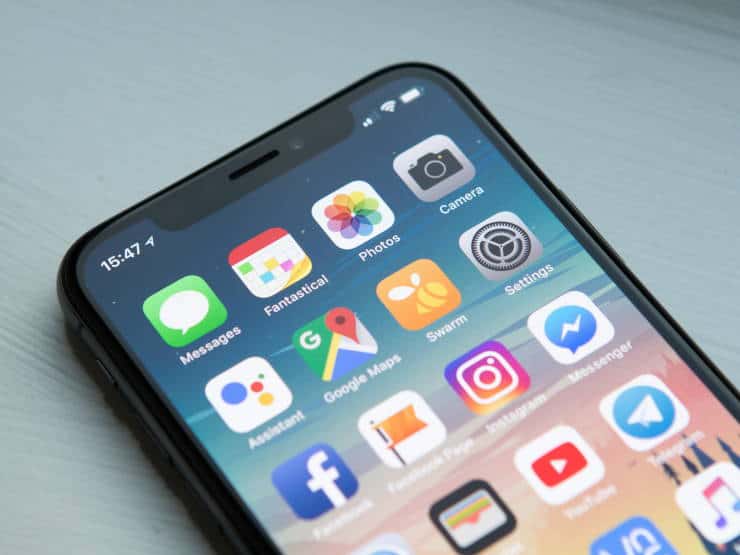
Internet ($0) 
Internet is included with our Airbnb.
Cell phone service ($29/month; $353/year) 
This is a mix of Google FI and local SIM card. (Local SIM especially since we’ve been in Taiwan for extended periods of time—we paid about $8 for two months of calling + data.)
Note: our plan in Taiwan is a prepaid plan that we refill every two months with up to 1.2 GB of data for that period. We never exceeded that amount as we can easily connect on wifi while in the city and also try to keep our phone usage while outside to the minimum, so we get to focus as much as possible on the present moment. 🙂
Streaming entertainment and cable TV ($0) 
We usually watch YouTube or have access to International channel via the Airbnb we rent out since when we have TV in our apartment, it always come with cable TV that most often has international channels. We also carry a Chromecast to let us stream content from YouTube on the TV.
5. How much do other essentials cost as a nomadic couple?

Life and disability insurance ($0) 
We don’t have any.
Medical expenses ($134/month; $1,613/year) 
Our medical expenses are split as follows:
International health insurance ($72/month; $867/year)
This is to cover ourselves while outside of our country of residence (currently Taiwan).
Local health insurance ($42/month; $508/year)
This is our national health insurance in Taiwan (~$30 USD per person, per month).
Healthcare ($20/month; $238/year)
These are our out-of-pocket expenses.
Clothing and footwear ($33/month; $400/year) 
Personal care ($55/month; $655/year) 
For us, Personal Care items include everything we purchase with the goal to take care of ourselves, stay fit and improve our overall longevity. So this go way beyond the simple health care related products (which are just a fraction of the overall cost and are not usually preventive).
The most expensive items on that list includes a yearly extensive blood test, body scan (where fat percentage is being measured—see this example) as the occasional life optimization service/tool (like a 23andMe chip upgrade to get the latest genetic information related to our DNA).
This is mostly something that I (MrNN) is spending on as Mrs. NN isn’t as crazy about such metrics than I am. 🙂
Technology ($208/month; $2,500/year) 
In 2021, we had to replace my laptop along with other tech equipment, which increased this to $7,000. We usually spend an average of $2,000–$3,000 on this category.
Part 3: Adding it all up
Now that we’ve detailed all of Mr. and Mrs. Nomad Numbers’ essential expenses, it’s time to add everything up in some nice, organized tables!
Important notes about the numbers
- Only essential expenses are included.
- Discretionary expenses (e.g. travel, gifts, etc.) are not included.
- Expenses are rounded to the nearest dollar.
- In this interview, expenses are displayed in US dollars.
- For your convenience, I’ve included a currency converter in each section. I hope you find it useful!
For detailed explanations about which expenses are included (or not) see my How Much Does it Cost to Live the FIRE Life intro post.
How much does it cost to live the FIRE life as a nomadic couple?
1. Housing
| Expense | Monthly (USD) | Annual (USD) |
|---|---|---|
| Accommodations | $1,080 | $12,966 |
| TOTAL | $1,080 | $12,966 |
2. Transportation
| Expense | Monthly (USD) | Annual (USD) |
|---|---|---|
| Local | $151 | $1,810 |
| Intercity | $37 | $449 |
| International | $7 | $88 |
| TOTAL | $196 | $2,347 |
3. Food
| Expense | Monthly (USD) | Annual (USD) |
|---|---|---|
| Groceries | $308 | $3,691 |
| Eating out | $237 | $2,841 |
| TOTAL | $544 | $6,532 |
4. Recurring bills
| Expense | Monthly (USD) | Annual (USD) |
|---|---|---|
| Internet | $0 | $0 |
| Cell phones | $29 | $353 |
| Streaming entertainment | $0 | $0 |
| TOTAL | $29 | $353 |
5. Other essentials
| Expense | Monthly (USD) | Annual (USD) |
|---|---|---|
| Life and disability insurance | $0 | $0 |
| International medical insurance | $72 | $867 |
| Local medical insurance | $42 | $508 |
| Out-of-pocket medical expenses | $20 | $238 |
| Clothing and footwear | $33 | $400 |
| Personal care | $55 | $655 |
| Technology | $208 | $2,500 |
| TOTAL | $431 | $5,168 |
Grand totals
| Expense | Monthly (USD) | Annual (USD) |
|---|---|---|
| Housing | $1,080 | $12,966 |
| Transportation | $196 | $2,347 |
| Food | $544 | $6,532 |
| Recurring bills | $29 | $353 |
| Other essentials | $431 | $5,168 |
| TOTAL | $2,280 | $27,366 |
Part 4: Other expenses
This is a special section that’s just for fun! It’s the place for my interviewees to mention any expenses that they’ve done a really good job of optimizing and/or just want to share.
These expenses won’t be included in the totals (just to keep things as standardized as possible). I hope you find this section interesting and informative. Here is an additional expense that Mr. Nomad Numbers wanted to share:
Travel
I think some of the things we have been really good at, when it come to travel indefinitely and outside of a backpack or suitcase are the following:
- Becoming really good at finding amazing Airbnb deals and negotiating rent.
- Leveraging US travel rewards perk to fly for free.
- Packing only the essentials (our list for myself and for Mrs. NN) and enjoy a pretty minimalistic lifestyle.
Chrissy’s takeaways
Thank you to Mr. and Mrs. Nomad Numbers for sharing their expenses. I dream about travelling the world and loved taking a peek into their nomadic life. Here are my key takeaways from their interview:
An exciting yet affordable lifestyle
When picturing a life of nomadic world travel, most of us can only assume it’d be a very costly way to live. However, based on the essential spending Mr. and Mrs. NN have shared, that’s definitely not the case.
In my one-year review of this interview series, I compared the spending of my first 26 interviewees—and Mr. and Mrs. NN would fall somewhere in the middle of the list. Their essential cost of living is lower than past interviewees from the Bay Area, London, and a few LCOL American and Canadian cities.
In the welcome message on their blog, Mr. and Mrs. NN say, “We started this blog to… show that the cost of traveling the world can be much cheaper than staying at home”. They’ve certainly accomplished that—especially when compared with the cost of living in their previous home base of San Francisco.
Simple, minimalistic living
In past interviews, I’ve mentioned how I long for the simplicity and carefree lifestyle that renting can provide. There’s no property tax, no maintenance costs or headaches, no equity tied up in an expensive property.
In addition, you’re less tied down to a location when you rent. It’s much easier to pick up and leave if needed/desired. Amazingly, nomadic living offers all these benefits and more.
As a nomadic traveller, you have even fewer bills to worry about (internet and utilities are usually rolled in). Additionally, the accommodations are fully furnished, so all you need to move from one place to another is whatever fits in your suitcases and/or backpacks.
Finally, minimalism is a must (due to the need for portability and mobility). This forces you to travel light and not collect too many possessions. I’m sure most homeowners (and some renters) would agree that it’s all too easy to accumulate stuff over the years.
The simplicity and minimalism of nomadic life is very appealing to me.
Affordable medical
I have no doubt that Mr. and Mrs. NN would be paying a whole lot more for their medical expenses if they’d remained in San Francisco. Their current medical spending totals a reasonable $1,613/year ($2,055 CAD).
This puts them right in the middle compared to the 26 interviewees from the first year of this series. However, keep in mind that these are their actual costs. Many of my interviewees (both Canadian and American) receive subsidized healthcare from their employers, which artificially decreases their costs.
Once the true cost of all my interviewees’ medical expenses is taken into account, I believe Mr. and Mrs. NN’s medical costs would be amongst the lowest in the series.
This is another advantage of nomadic living—medical insurance can be very affordable. In addition, local healthcare tends to be much cheaper outside of North America and Europe (even for non-locals).
Chrissy’s closing thoughts
If not for our families here in Vancouver, I would love to take off and travel nomadically as Mr. and Mrs. NN are doing. Their style of slow travel is an amazing, sustainable way to see the world. And, based on this interview, it doesn’t have to cost a fortune.
It’s clear that Mr. and Mrs. NN live well and enjoy their lives abroad—while also being mindful of their spending. They’ve shown, once again, that living the FIRE life does not require deprivation or uncomfortably low spending—even if you travel the world!
Share your thoughts
Were you surprised by Mr. and Mrs. Nomad Numbers’ essential expenses? Are any of them significantly different from where you live? Share your thoughts in the comments, along with your own money saving tips!
Join the series!
I’d love for everyone to participate—whether you’re a blogger or not! The more FIRE seekers I can interview, the more useful the series will be. If you’re interested, I have three simple requirements:
- You’re at or pursuing FIRE (or FI).
- You track your expenses relatively accurately.
- You’re willing to share your expenses and money-saving tips.
That’s it! If you’re interested, fill in the form at this link or contact me.
Brian and his family live in Newport, Rhode Island—home to the luxurious Gilded Age mansions. Even so, they live relatively frugally (but happily splurge in a few important areas).
Veronica has a unique FIRE story to share, and we broke the mold for her interview! Find out how much it cost her to live in Toronto, then as a nomad, then back in Toronto.
Visit the intro page to learn more about the what and why behind the series and access the complete list of interviews.
Support this blog
If you liked this article and want more content like this, please support this blog by sharing it! Not only does it help spread the FIRE, but it lets me know what content you find most useful. (Which encourages me to write more of it!)
You can also support this blog by visiting my recommendations page and purchasing through the links. Note that not every link is an affiliate link—some are just favourite products and services that I want to share. 🙂
As always, however you show your support for this blog—THANK YOU!

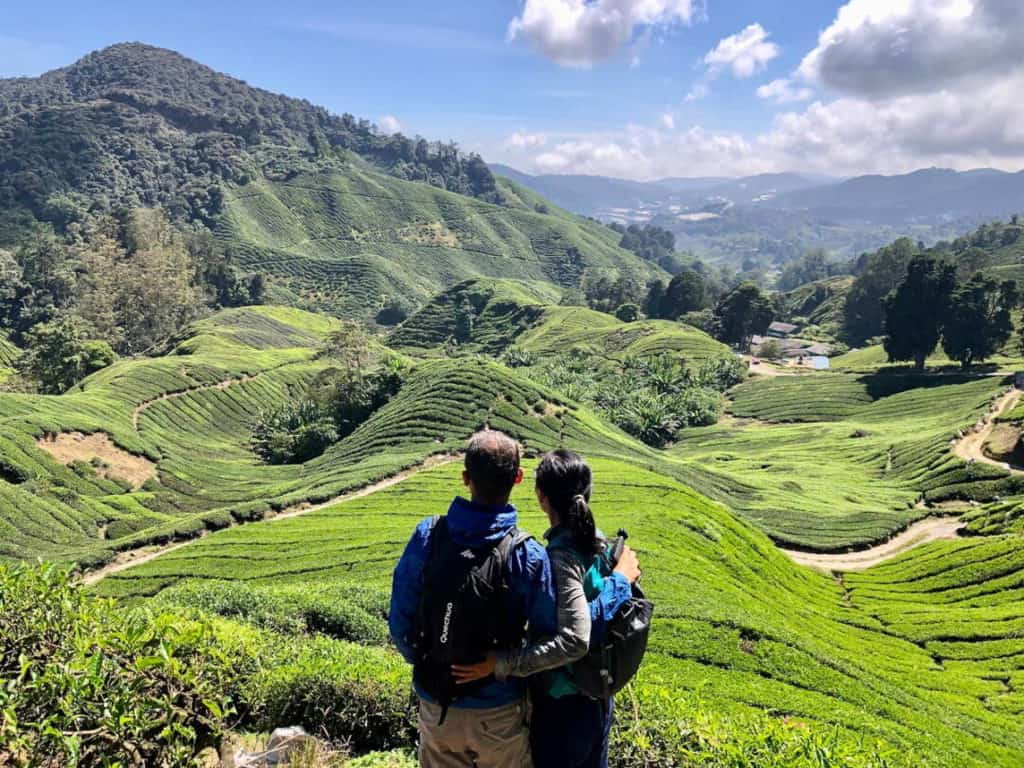
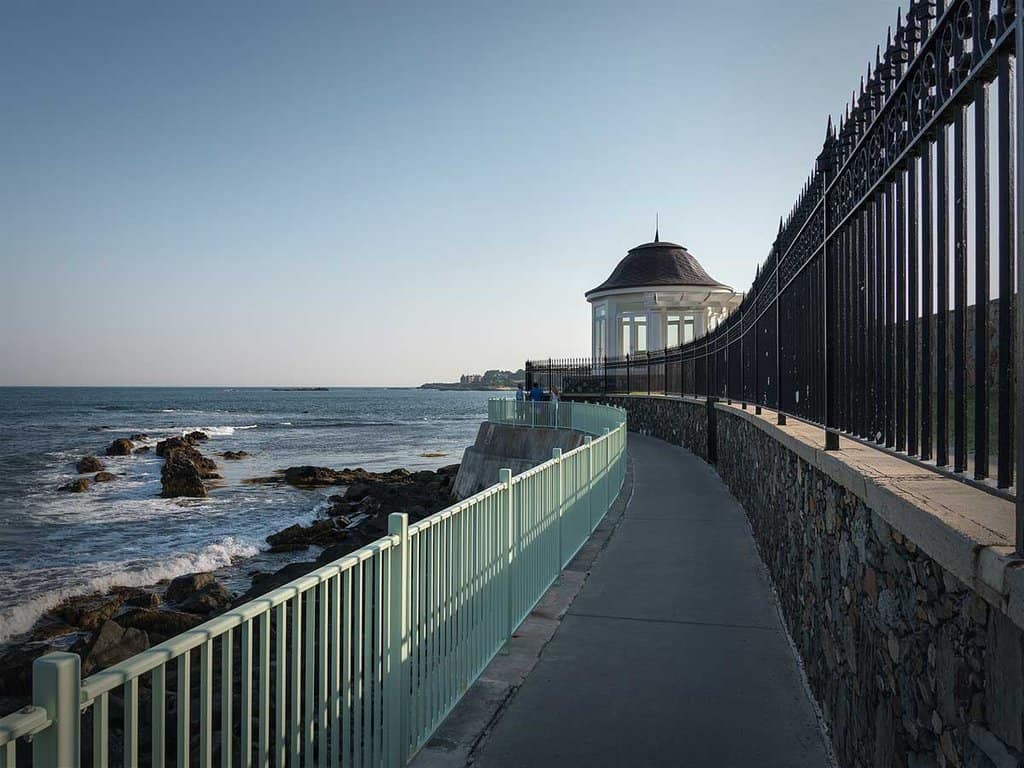
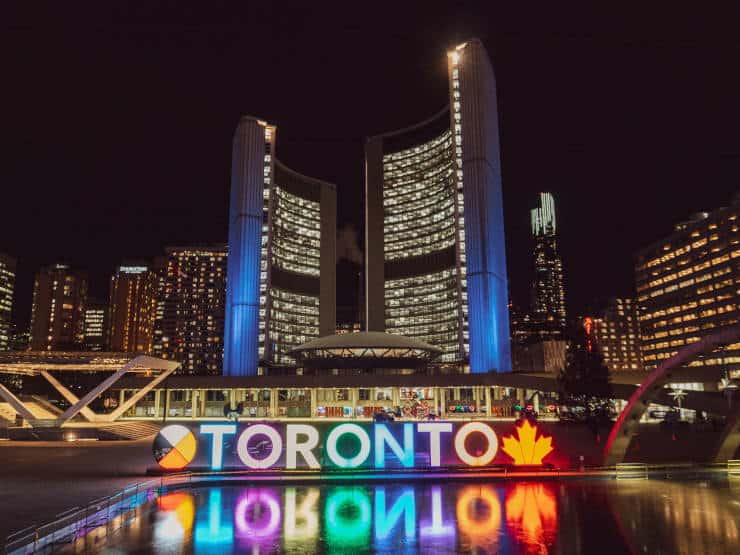




2 Comments
Angie
March 2, 2022 at 6:36 amI love examples like these because it really makes the FIRE numbers concrete as opposed to some speculative number of “I think I need X to retire”!
For example: if the living expenses are about $30K/yr + travel at $10K/yr and health stuff at $2K/yr = $42K/yr, then 4% rule suggests a net worth of $1.05MM to retire. One thing I’ve always been hesitant of as far as pegging a NW number to retirement is I don’t really know how ‘low-cost’ I can get, so it’s very hard to know what my own net worth would be for retirement.
But seeing real-life examples like this helps me see what’s possible and at least helps me have a starting point for a ballpark!
Chrissy
March 7, 2022 at 7:20 pmHi Angie—thanks for your feedback! This is exactly why I wanted to create this series. I enjoy learning about how much others spend on their expenses, but also want to see it in context and use it as a comparison tool. It helps to see if we’re in a similar ballpark or if we need to take a second look at our own numbers.
I’m glad to hear you found Mr. NN’s interview helpful!